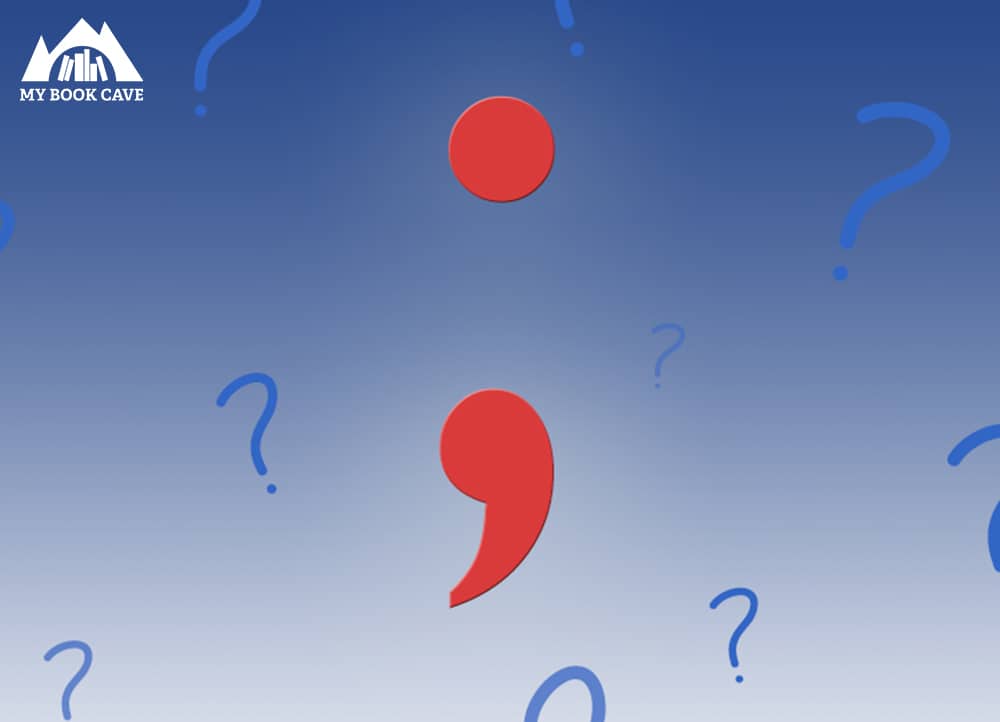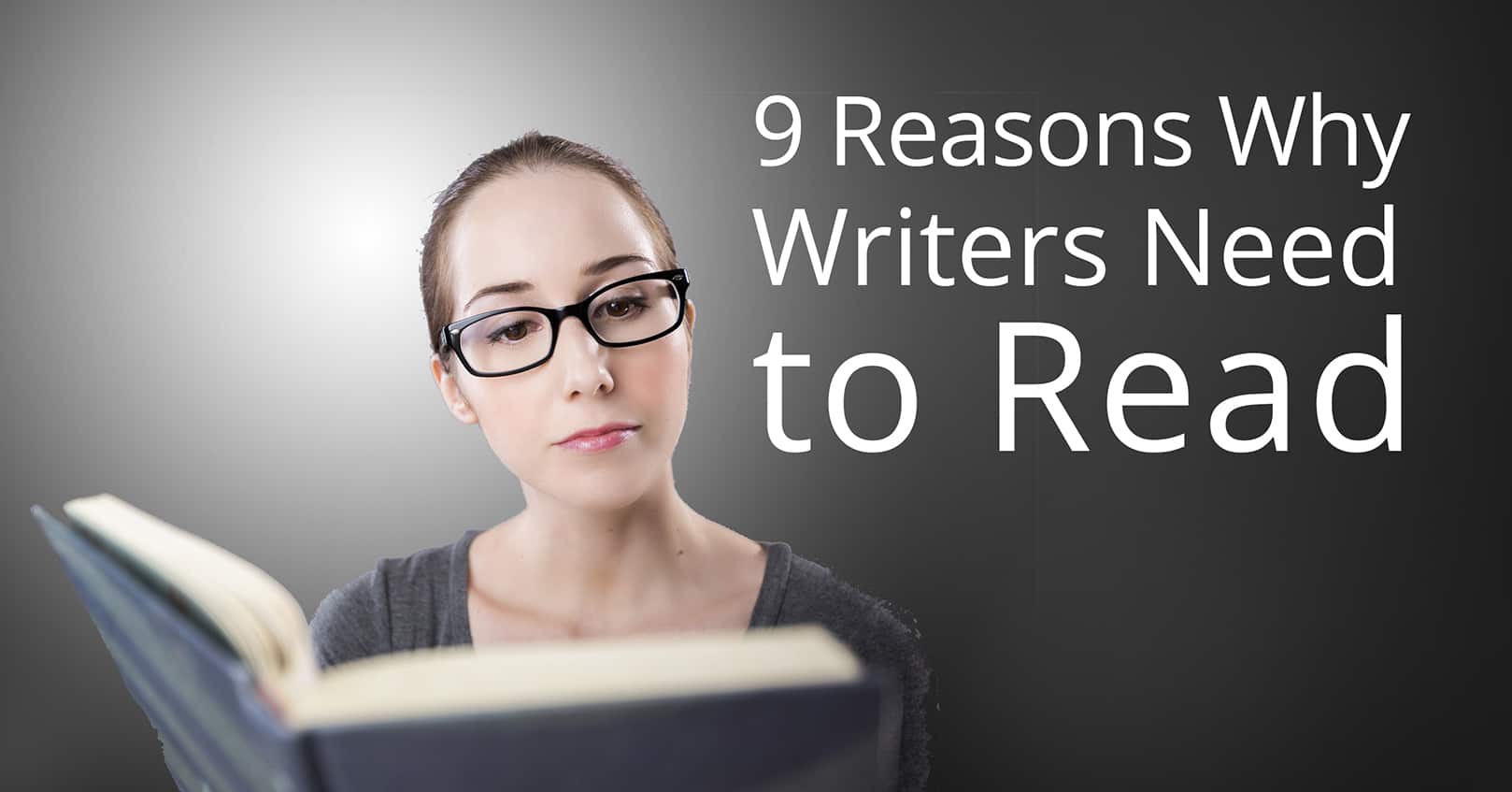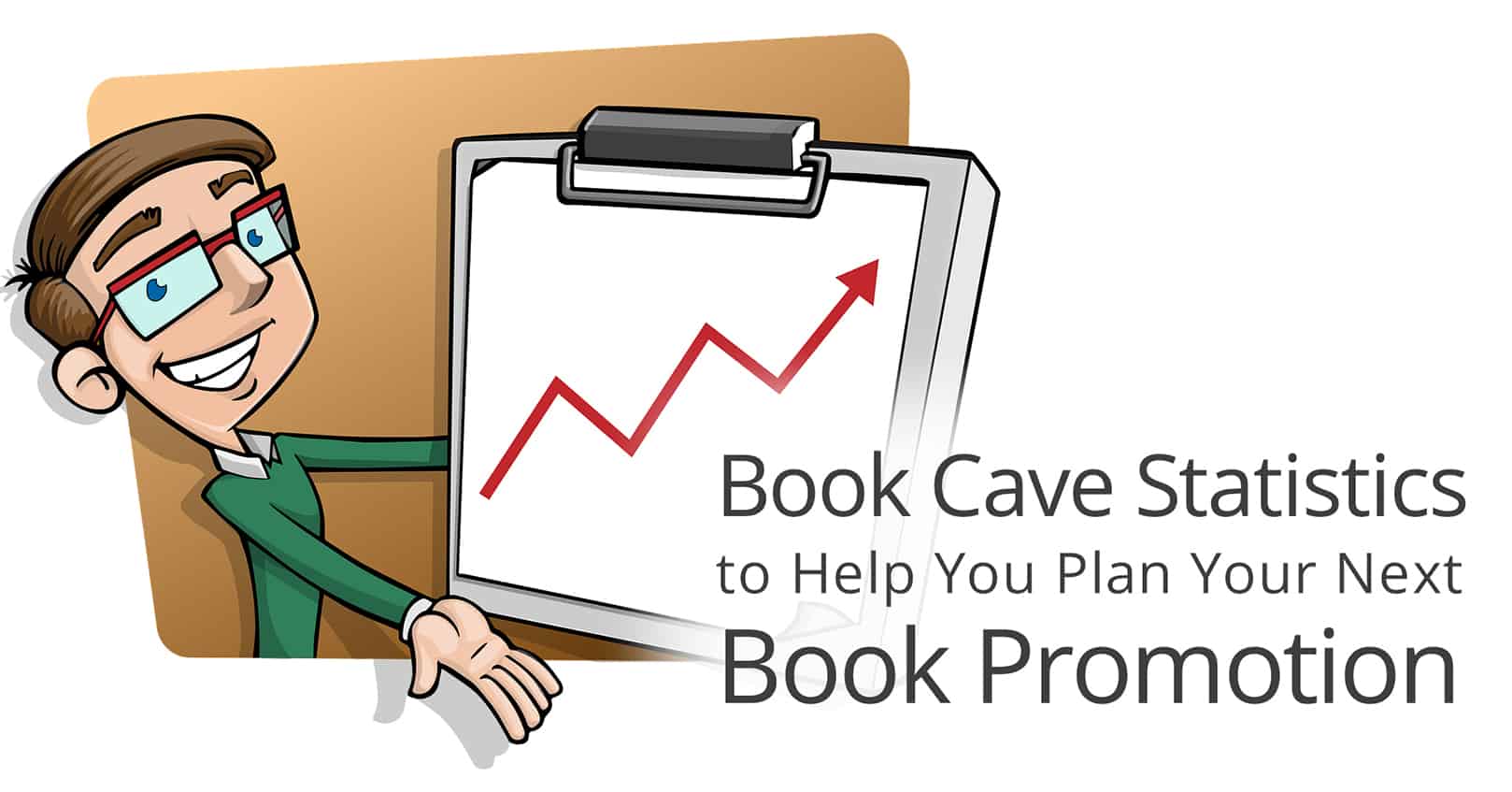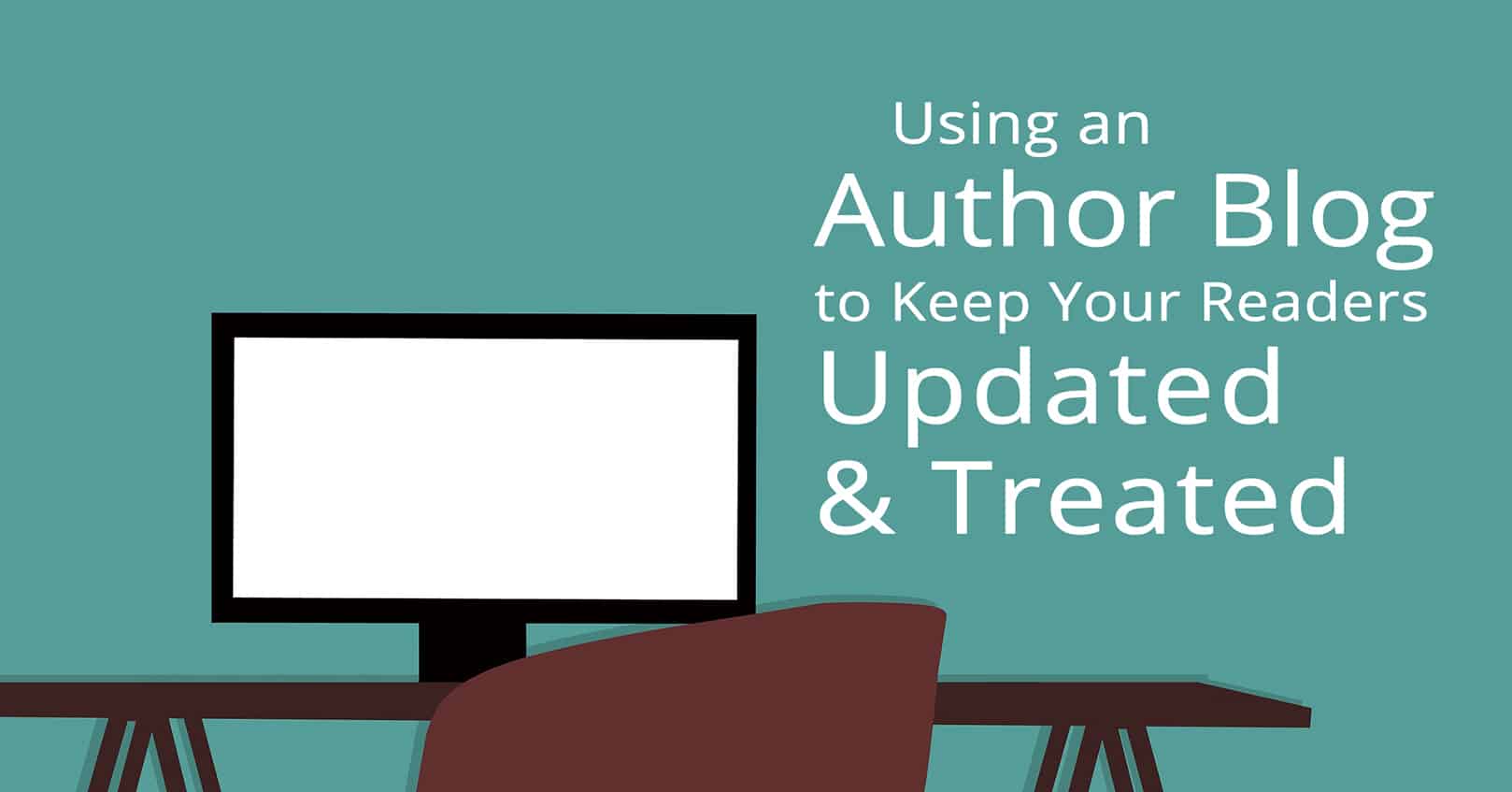
Oh the semicolon, that elegant punctuation mark that you may want to use but may not be quite sure how.
Do you wonder how to use semicolons? Using semicolons is actually very straightforward, and with these 5 quick tips, you can become a semicolon master.
How to Use Semicolons
Tip 1: Use semicolons to connect related independent clauses.
Let’s break that down. What is an independent clause? It is a sentence that can stand on its own: it has a subject and a verb and doesn’t start with a subordinate conjunction. Let’s look at some examples.
Independent clauses:
- I am hungry, though.
- Go eat. (“You” is the understood subject in a command.)
- That’s a fact I don’t like.
- However, I am too busy to eat.
Dependent clauses:
- Though I am pretty hungry. (“Though” is a subordinate conjunction.)
- Went to eat (there is no subject.)
- A fact I don’t like. (The main subject of the sentence is “fact” and it has no verb; “don’t like” is the verb for “I,” which is not the main subject of the sentence, so this is not a complete sentence.)
- Let’s connect these sentences with semicolons to see how joining two independent clauses together works.
Correct:
- I am hungry; that’s a fact I don’t like.
- I’m too busy to eat; I am pretty hungry, though.
- I am hungry; however, I am too busy to eat.
Incorrect:
- I am hungry; a fact I don’t like.
- I’m too busy to eat; though I feel pretty hungry.
- I am hungry, however, I am too busy to eat.
Remember, the two independent clauses must be related to be connected with a semicolon.
Correct: I am very busy; I don’t have time to go to the store.
Incorrect: I am very busy; I’m not going to the store. (There is a connection here, but the words chosen make the connection unclear.)
Tip 2: Use semicolons to separate items in a complex list.
“A complex list” means that one or more of the list items has a comma in it.
Let’s look at the following examples:
- Several people brought me food when I was sick: my aunt Sarah and her kids, Billy, Bob, and Joe; my next-door neighbors Joe and Sharolyn; and my best friend, Lisa. (If the comma placement is confusing, just remember that commas often offset unnecessary information; all of Sarah’s kids came, so their names are unnecessary, but the speaker has several neighbors, so the neighbors’ names are necessary to identify them, and the speaker only has one best friend, so her name is not necessary. We’ll talk more about using commas in a later post.)
- I love drinking aromatic, steaming hot chocolate; curling up on a soft couch, under warm blankets, or next to a fireplace; and reading a book.
- For lunch I was thinking of eating a turkey, ham, or beef sandwich; drinking hot chocolate or juice; and indulging in chocolate ice cream.
When NOT to Use Semicolons
Tip 3: Do not use a semicolon for anything else.
That’s right, the first two tips are the only circumstances where using a semicolon is correct. Don’t make the mistake of stealing a comma’s job, or any other punctuation’s job, with a semicolon.
Correct:
- I want some food, but I need to finish this job first, a task I do not relish.
- I’m going to grab a plate of food, the biggest plate, and eat it all.
- A large plate of food sat on the table, and she imagined taking just a bite—a tantalizing thought.
- She loves all sorts of food: chocolate, pasta, chicken, grapes, the works.
Incorrect:
- I want some food, but I need to finish this job first; a task I do not relish.
- I’m going to grab a plate of food; the biggest plate, and eat it all.
- A large plate of food sat on the table, and she imagined taking just a bite; a tantalizing thought.
- She loves all sorts of food; chocolate, pasta, chicken, grapes, the works.
Tip 4: Avoid using too many semicolons.
Semicolons used to be very popular—you’d see them all over in books as if authors and editors dumped them in by the bucketload. Today, though, semicolons have fallen out of favor and are often viewed as overly stiff and formal. Even if you know how to use semicolons, using too many can stop today’s reader from enjoying your book. So avoid semicolons when possible. To do so, you can often easily replace the semicolon with a period, an em dash, or a comma (in series of objects). Sentences can also be rewritten using conjunctions and prepositions, as in the last example.
Correct:
- I am hungry; that’s a fact I don’t like.
- I’m too busy to eat; I am pretty hungry, though.
- I was working hard; then the hunger hit me.
- I’m not sure whether I have time to grab a bite to eat; I’m trying to meet a deadline.
- I love drinking aromatic, steaming hot chocolate; curling up on a soft couch, under warm blankets, or next to a fireplace; and reading a book.
Better:
- I am hungry, a fact I don’t like. (We revised the sentence a bit and replaced the semicolon with a comma. Note that you cannot simply replace a semicolon with a comma because commas cannot join two independent clauses without using a conjunction. You can read more about using commas in our upcoming post about comma usage).
- I’m too busy to eat, though I am pretty hungry. (Here we turned the semicolon into comma and used the conjunction “though” to connect the sentences.)
- I was working hard—then the hunger hit me. (An em dash works much better for this sudden topic change.)
- I’m not sure whether I have time to grab a bite to eat. I’m trying to meet a deadline. (Be careful with using too many short sentences, though. You don’t want your writing to appear choppy.)
- I love drinking aromatic, steaming hot chocolate while curled up on a soft couch, under warm blankets, or next to a fireplace with a good book. OR, even better: I love curling up on a soft couch, under warm blankets, or next to a fireplace with a cup of aromatic, steaming hot chocolate and a book.
- Keep in mind that despite this tip, sometimes a semicolon is what your sentence really needs.
Tip 5: When in doubt, leave it out.
Semicolons are often overused and incorrectly used. If you’re not sure whether a semicolon is correct or if you even need it, leave it out.












Comments